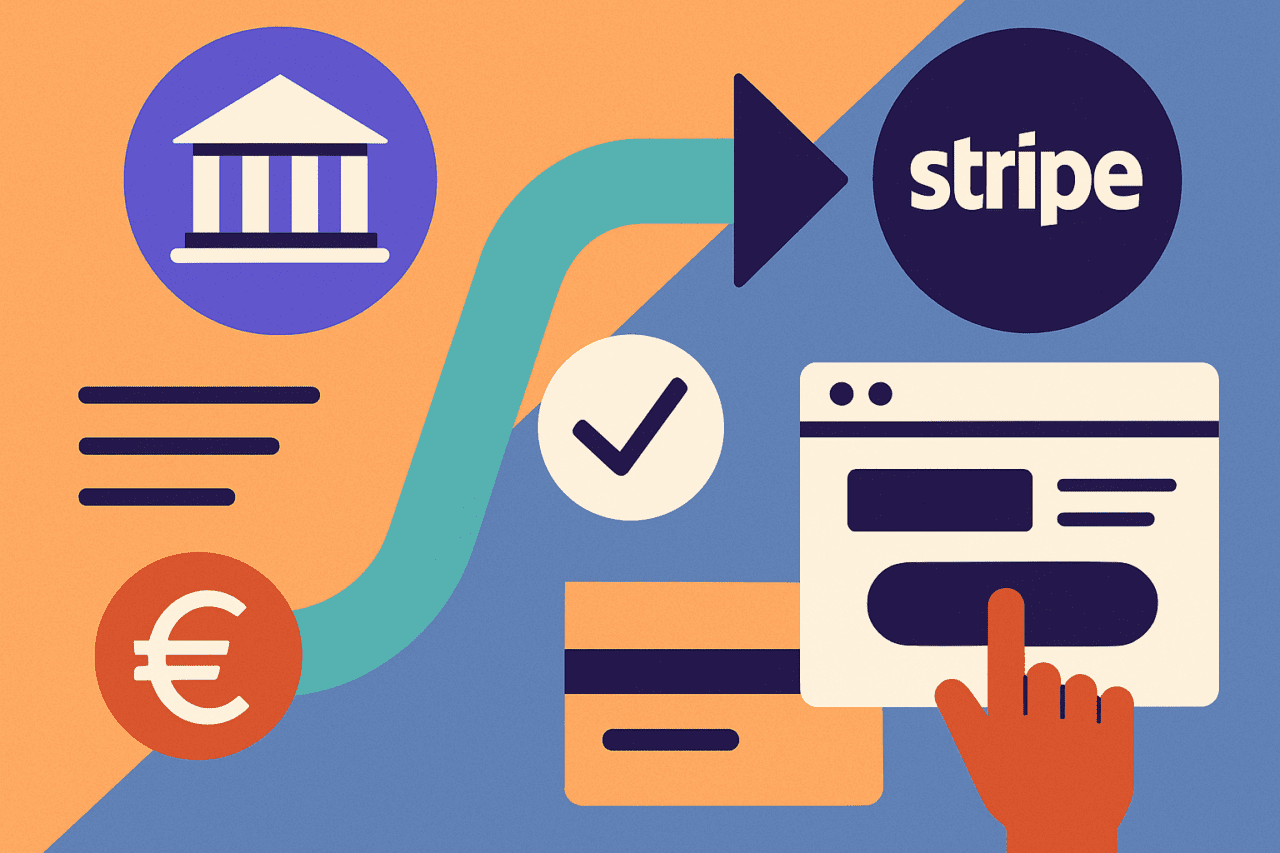
- Stripe and TrueLayer are launching pay-by-bank in France and Germany, offering real-time, secure payments that bypass card networks to reduce fees and improve conversion for merchants.
- The move signals growing momentum for open banking in Europe, where the number of pay-by-bank payments is expected to reach 30 billion by 2028.
- TrueLayer notes that France and Germany are already two of its largest markets outside of the UK. Today’s deal will only enhance its presence in those regions.
Thanks to a new partnership with TrueLayer, Stripe is able to announce it is launching pay-by-bank in France and Germany.
Stripe will use the pay-by-bank capabilities to streamline the checkout experience for French and German businesses. The company anticipates that merchants using pay-by-bank will be able to improve conversion rates and reduce transaction fees. That’s because merchants can avoid card processing fees, process transactions in real-time, and offer more secure transactions because they require bank-approved authentication.
On the consumer side, users will not need to enter card details, but will instead be able to authorize the payment directly from their bank accounts using biometrics.
“Having seen the success of Stripe’s TrueLayer integration in other markets, we are thrilled to bring this innovative payment solution to Germany and France,” said TrueLayer’s Country Manager for Germany, Sebastian Vetter. “By leveraging TrueLayer’s open banking infrastructure, we’re enabling German and French businesses to accept payments directly from bank accounts, making transactions faster, safer, and more affordable.”
Bringing pay-by-bank to two European nations is strategic, as the payment method within the EU is expected to reach 30 billion by 2028. Notably, Germany and France are expected to be key drivers of this growth. The two nations are also two of TrueLayer’s largest markets outside of the UK. TrueLayer currently processes $2.4 billion (€2 billion) in pay-by-bank transactions in France and $1.6 billion (€1.4 billion) in Germany each year, serving both local and international clients.
TrueLayer was founded in 2016 with an open banking payments network that connects banks across the globe and processes $40 billion across 120 million transactions annually. The company has 10 million users located among 21 European countries. In addition to its payments and payouts products, TrueLayer also offers Signup+, a streamlined onboarding tool, and VRP (variable recurring payment), a tool that enables flexible, bank-authorized recurring transactions.
Stripe’s move into pay-by-bank in France and Germany is a signal that open banking is moving from concept to competitive edge in the European region. It also reflects how Stripe and TrueLayer are positioning themselves for the future of bank-to-bank payments, especially as the EU is actively promoting open banking and instant payments. Stripe’s strategic alignment with these evolving preferences and regulations could help it get ahead in Europe.
However, while pay-by-bank has been cited as one of the top trends to watch in 2025, it has yet to gain similar traction in the U.S. market. American consumers tend to favor credit cards and are generally more hesitant to link their bank accounts directly for payments. Adoption could face additional headwinds if the CFPB reverses its open banking rule, which would leave access to consumer banking data unregulated and slow the development of account-to-account payment options.












